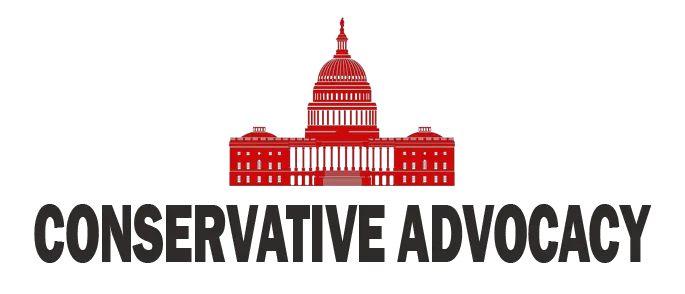There seems to be a never-ending saga surrounding Jeffrey Epstein and the Department of Justice’s handling of his case. What do we make of the latest developments? The DOJ has decided to release what it calls “phase one” of the Epstein files. This move suggests that there should logically be a phase two, possibly even more, brimming with hope that some real answers could emerge. But contrary to initial speculation, we are informed that no further disclosures are warranted after phase one.
The heart of the mystery lies in the tens of thousands of videos Epstein reportedly had. Is it genuinely believable that one man, acting alone, managed to produce and hoard such a vast collection without involving anyone else? It smells fishy. Yet we see a pattern of necessary discretion by those who prioritize legal constraints and victim protection over complete transparency. If there’s nothing to hide in these documents, why are the scant details about what could be in them?
The public’s demand is simple and sensible. The DOJ could take straightforward steps to clear this up. First, unseal those search warrants and affidavits the FBI used to raid Epstein’s properties. Open up the financial disclosures that detailed Epstein’s transactions, connections, and, potentially, co-conspirators. The feds could clarify, document by document, what the FBI hunted down in these truckloads they recovered. Even if some of these documents don’t seem relevant, an explanation is better than a vague dismissal.
Instead, the response may feel like an invitation to silence, asking citizens to stop questioning the narrative. But the DOJ states it aims to protect victim privacy and adhere to child pornography laws. Why should the American people take this careful approach as anything but protective?
What the public deserves is transparency and accountability from the officials who serve them. The trickle of information is not enough. Citizens have the right to fully understand how someone like Epstein could weave such a vile web without more than a cursory glance in his associates’ direction. Until then, the gap between what is known and what is speculated only grows wider, and the DOJ does itself no favors by seemingly shutting the door on further inquiries. It’s high time for fuller disclosure, no matter how inconvenient it may be for those who seek to hide behind it.




